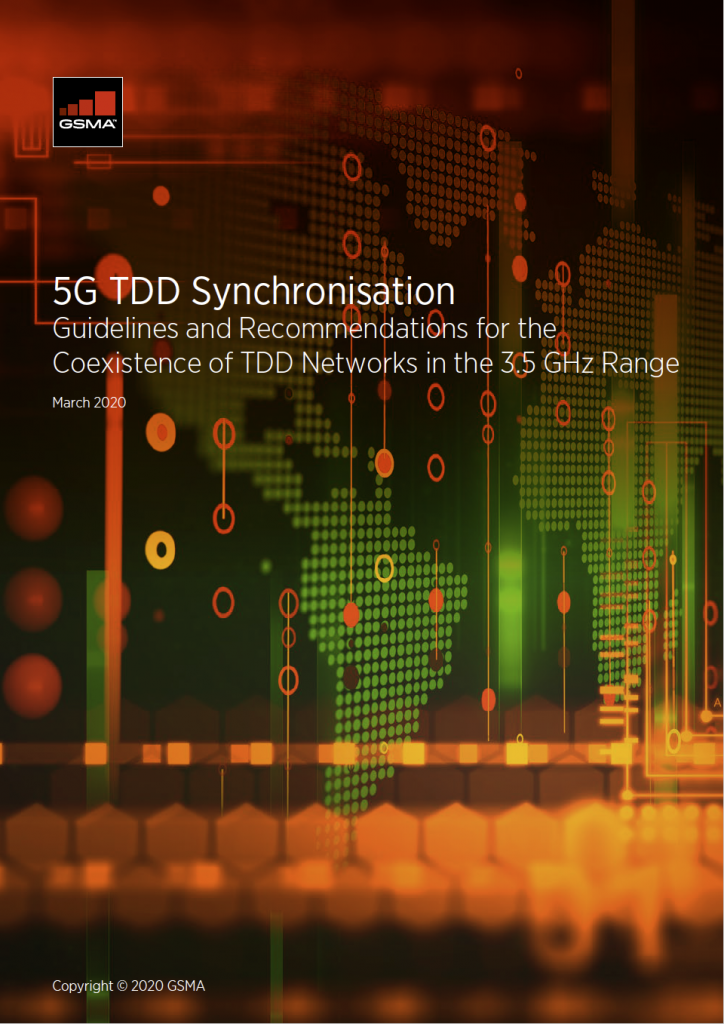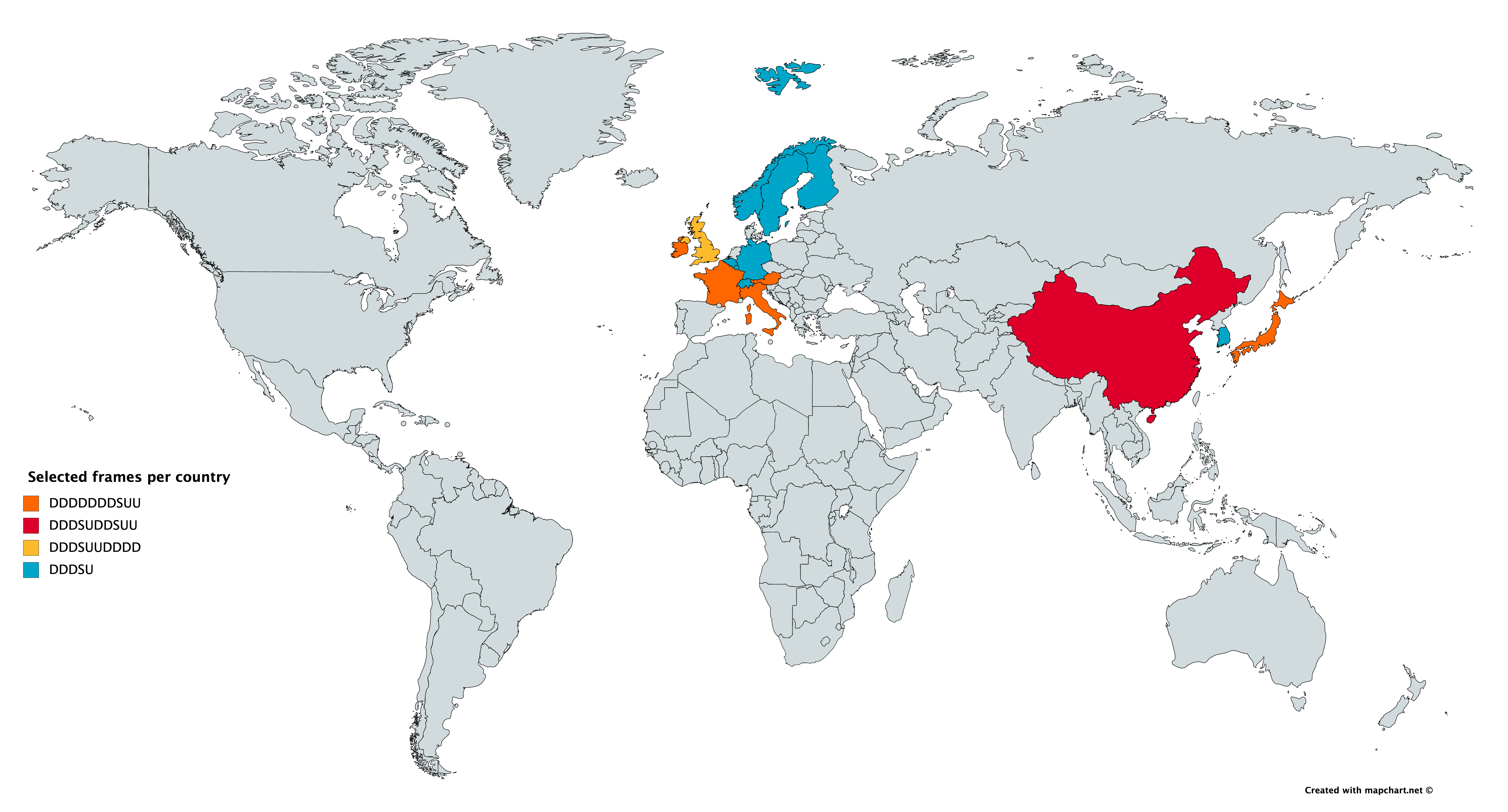TDD synchronisation in the 3.5 GHz range – a key step for 5G success
The ultimate performance of 5G depends on many technical and regulatory factors. One that doesn’t get the amount of attention it deserves is how networks can coexist in most efficient way possible. In a new report, the GSMA takes a closer look at why TDD synchronisation in the 3.5 GHz range is so important.
The report and the included guidelines represent the GSMA’s views on synchronisation. It aims to inform policymakers and mobile operators on TDD synchronisation for 5G in the 3.5 GHz range (3.3 GHz-4.2 GHz). Furthermore, it provides the mobile community’s views on the preferred frame structure for initial 5G launches in 3.5 GHz. There is also basic information about how and why synchronisation can and should be achieved.
The 3.5 GHz range has quickly become the premier option for commercial 5G deployments worldwide. Its ability to provide coverage and capacity combined with spectrum availability makes it that ideal candidate. This initial focus on one range is also resulting in a quickly developing ecosystem, with the launch of increasingly affordable devices. It offers regulators a chance to help propel 5G, by licensing as much as possible of the range in a way that helps drive investments and the best possible performance. A key part of the latter is TDD synchronisation.
TDD synchronisation with more flexibility
To increase flexibility as well as make spectrum usage more efficient, Time Division Duplex (TDD) is becoming increasingly common and important. TDD uses the same frequency for each duplex direction, with a frame that includes different time periods and slots for uplink or downlink communications. By changing the duration of these, network performance can be tailored to meet different needs and help provide the best possible experience.
However, for this to work all TDD networks, either LTE or 5G, operating in the same frequency range and within the same area have to be synchronised. Base stations need to transmit at the same fixed time periods and all devices should only transmit in dedicated time periods. Failure to do so creates interference, which has a major impact on performance as well as coverage.
On behalf of the mobile industry, the GSMA urges regulators to prioritise TDD synchronisation. By doing so, a bright future for 5G is one step closer. Download the report above and the Q&A here, and visit the GSMA’s 5G Spectrum Guide for more information.

